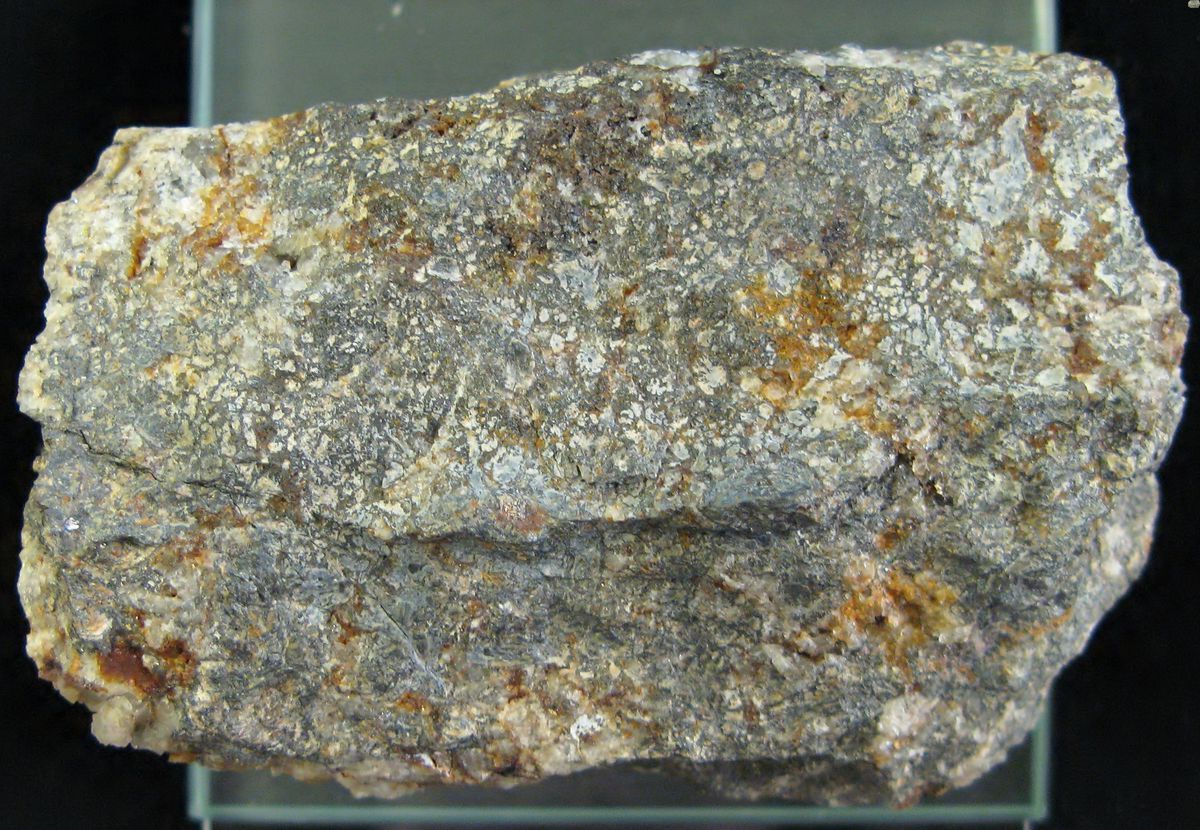
Algae are fascinating organisms that play a crucial role in our ecosystem. Found in oceans, rivers, lakes, and even on land, these tiny powerhouses are responsible for producing a significant portion of the world's oxygen. But did you know that algae can also be used in biofuels, cosmetics, and even food? From their ability to thrive in extreme conditions to their potential in combating climate change, algae are more than just pond scum. Understanding algae can open up a world of possibilities, from sustainable energy solutions to innovative health products. Ready to dive into the world of algae? Here are 50 facts that will change the way you see these incredible organisms.
Key Takeaways:
- Algae are not plants, but they play a vital role in producing oxygen and supporting aquatic life. They come in different types and have surprising uses in food, medicine, and even art!
- Algae are not just slimy green stuff in the water. They can glow in the dark, survive extreme environments, and may even help us in space exploration one day. They're like nature's little superheroes!
What are Algae?
Algae are fascinating organisms that often go unnoticed. They can be found in various environments, from oceans to freshwater lakes. These simple, plant-like organisms play a crucial role in ecosystems and have some surprising characteristics.
- Algae are not plants. They belong to a separate group of organisms known as protists.
- They can perform photosynthesis, converting sunlight into energy, much like plants.
- Algae range in size from microscopic phytoplankton to large seaweeds like kelp.
- They produce a significant portion of the Earth's oxygen, contributing to the air we breathe.
- Algae can be found in both freshwater and marine environments.
Types of Algae
Algae come in various shapes, sizes, and colors. Each type has unique features and plays different roles in its habitat.
- Green algae are the most common type and are often found in freshwater.
- Red algae are mostly marine and are known for their reddish pigments.
- Brown algae include large seaweeds like kelp and are primarily found in colder ocean waters.
- Blue-green algae, also known as cyanobacteria, are actually bacteria that perform photosynthesis.
- Diatoms are a type of algae with intricate silica cell walls, making them look like tiny glass sculptures.
Algae in Ecosystems
Algae are essential for maintaining the balance of ecosystems. They provide food, shelter, and oxygen for various organisms.
- Phytoplankton, a type of algae, form the base of the aquatic food chain.
- Coral reefs rely on algae called zooxanthellae for energy through photosynthesis.
- Algae can form symbiotic relationships with fungi to create lichens.
- Some fish and invertebrates depend on algae as their primary food source.
- Algae help stabilize sediments in aquatic environments, preventing erosion.
Algae and Human Use
Humans have found numerous ways to utilize algae, from food to biofuel. These versatile organisms offer many benefits.
- Algae are used in the production of biofuels, offering a renewable energy source.
- They are a common ingredient in food products like sushi, ice cream, and salad dressings.
- Algae-based supplements provide essential nutrients like omega-3 fatty acids.
- Alginates, derived from brown algae, are used as thickeners in various products.
- Some cosmetics use algae extracts for their moisturizing and anti-aging properties.
Algae in Science and Medicine
Algae have made significant contributions to scientific research and medicine. Their unique properties offer valuable insights and applications.
- Algae are used in bioreactors to produce pharmaceuticals and other chemicals.
- They have been studied for their potential in cancer treatment due to their bioactive compounds.
- Algae can be genetically modified to produce vaccines and other therapeutic proteins.
- Scientists use algae to study photosynthesis and understand how to improve crop yields.
- Algae are being researched for their potential to remove pollutants from water through bioremediation.
Algae and the Environment
Algae play a crucial role in environmental health. They help maintain water quality and support biodiversity.
- Algae can absorb excess nutrients in water, preventing harmful algal blooms.
- They help reduce carbon dioxide levels in the atmosphere through photosynthesis.
- Algae can be used in wastewater treatment to remove contaminants.
- Some algae produce bioactive compounds that can inhibit the growth of harmful bacteria.
- Algae contribute to the formation of oxygen-rich environments in aquatic ecosystems.
Interesting Facts About Algae
Algae have some surprising and lesser-known characteristics that make them even more intriguing.
- Some algae can glow in the dark due to bioluminescence.
- Algae can survive in extreme environments, from hot springs to polar ice.
- Certain algae can move using tiny hair-like structures called flagella.
- Algae fossils date back over a billion years, making them some of the oldest organisms on Earth.
- Algae can form harmful algal blooms that produce toxins affecting marine life and humans.
Algae in Art and Culture
Algae have also found their way into art and culture, inspiring creativity and innovation.
- Artists use algae pigments to create natural dyes and paints.
- Algae-inspired designs can be found in architecture and fashion.
- Some cultures use algae in traditional medicine and rituals.
- Algae have been featured in literature and films as mysterious and otherworldly organisms.
- Algae cultivation has become a popular hobby for aquarium enthusiasts.
Future of Algae Research
The future holds exciting possibilities for algae research. Scientists continue to explore their potential in various fields.
- Algae could be used to produce sustainable plastics and other materials.
- Researchers are investigating algae's potential to generate clean energy through hydrogen production.
- Algae farming could provide a sustainable source of food and feed for livestock.
- Scientists are exploring ways to enhance algae's ability to capture carbon dioxide.
- Algae could play a role in space exploration as a source of oxygen and food for astronauts.
Fun Facts About Algae
Algae have some fun and quirky traits that make them even more fascinating.
- Some algae can change color depending on environmental conditions.
- Algae can form intricate and beautiful patterns when viewed under a microscope.
- Certain algae can produce natural sunscreens to protect themselves from UV radiation.
- Algae can form symbiotic relationships with animals, like the green algae found in the fur of sloths.
- Algae are being used in innovative ways, such as creating biodegradable packaging and eco-friendly textiles.
The Final Word on Algae
Algae, often overlooked, play a huge role in our world. From producing oxygen to being a food source, these tiny organisms impact our daily lives in ways we might not realize. They help combat climate change by absorbing carbon dioxide and even hold potential for biofuel production. Algae can be found in oceans, freshwater, and even on land, showcasing their adaptability.
Understanding algae helps us appreciate their importance. They’re not just pond scum; they’re vital to ecosystems and human life. Next time you see a green patch in water, remember it’s more than just a nuisance. It’s a powerhouse of life and sustainability.
So, whether you’re a student, a nature enthusiast, or just curious, knowing these facts about algae can change how you see the world. Embrace the green and let algae amaze you!
Frequently Asked Questions
Was this page helpful?
Our commitment to delivering trustworthy and engaging content is at the heart of what we do. Each fact on our site is contributed by real users like you, bringing a wealth of diverse insights and information. To ensure the highest standards of accuracy and reliability, our dedicated editors meticulously review each submission. This process guarantees that the facts we share are not only fascinating but also credible. Trust in our commitment to quality and authenticity as you explore and learn with us.


